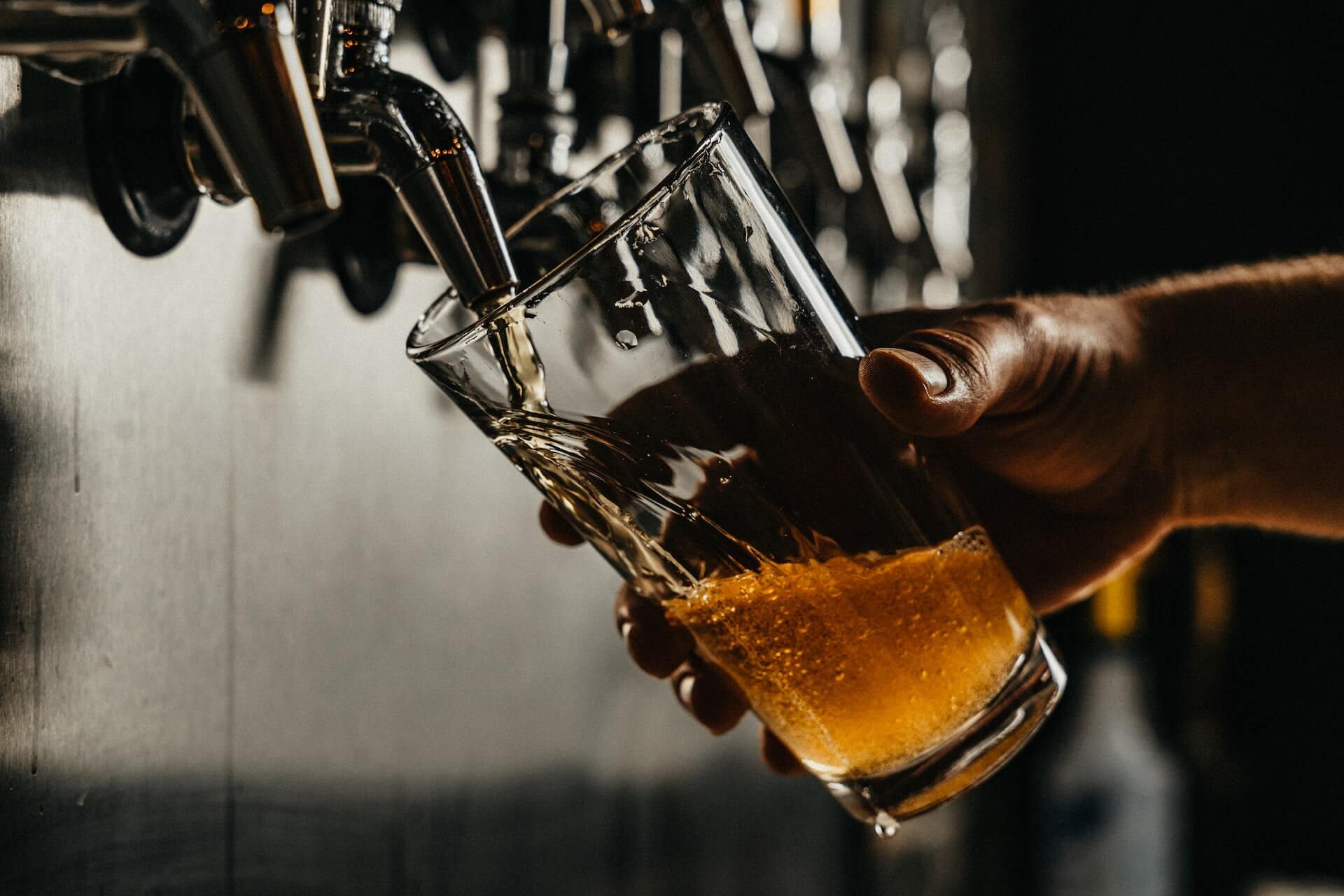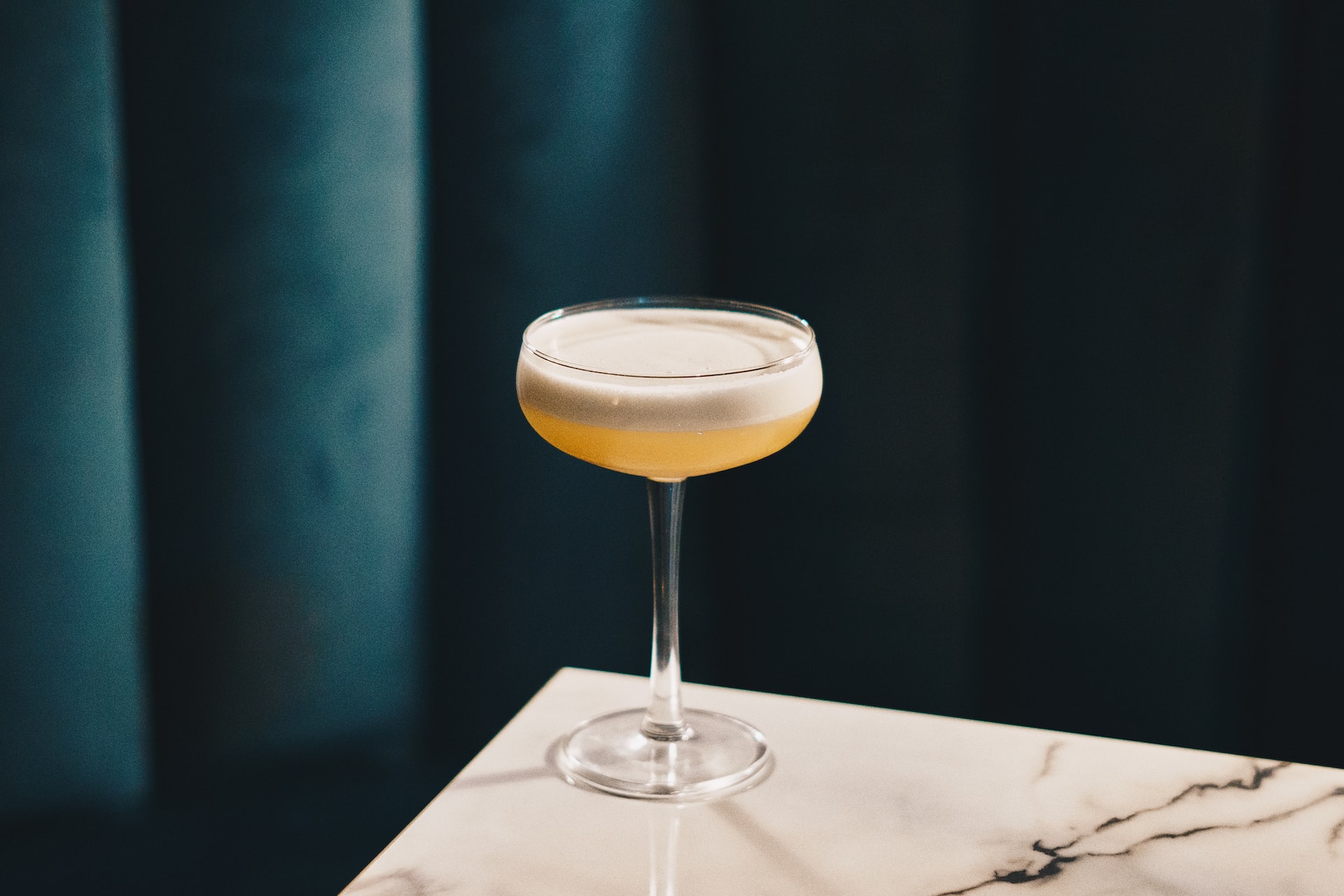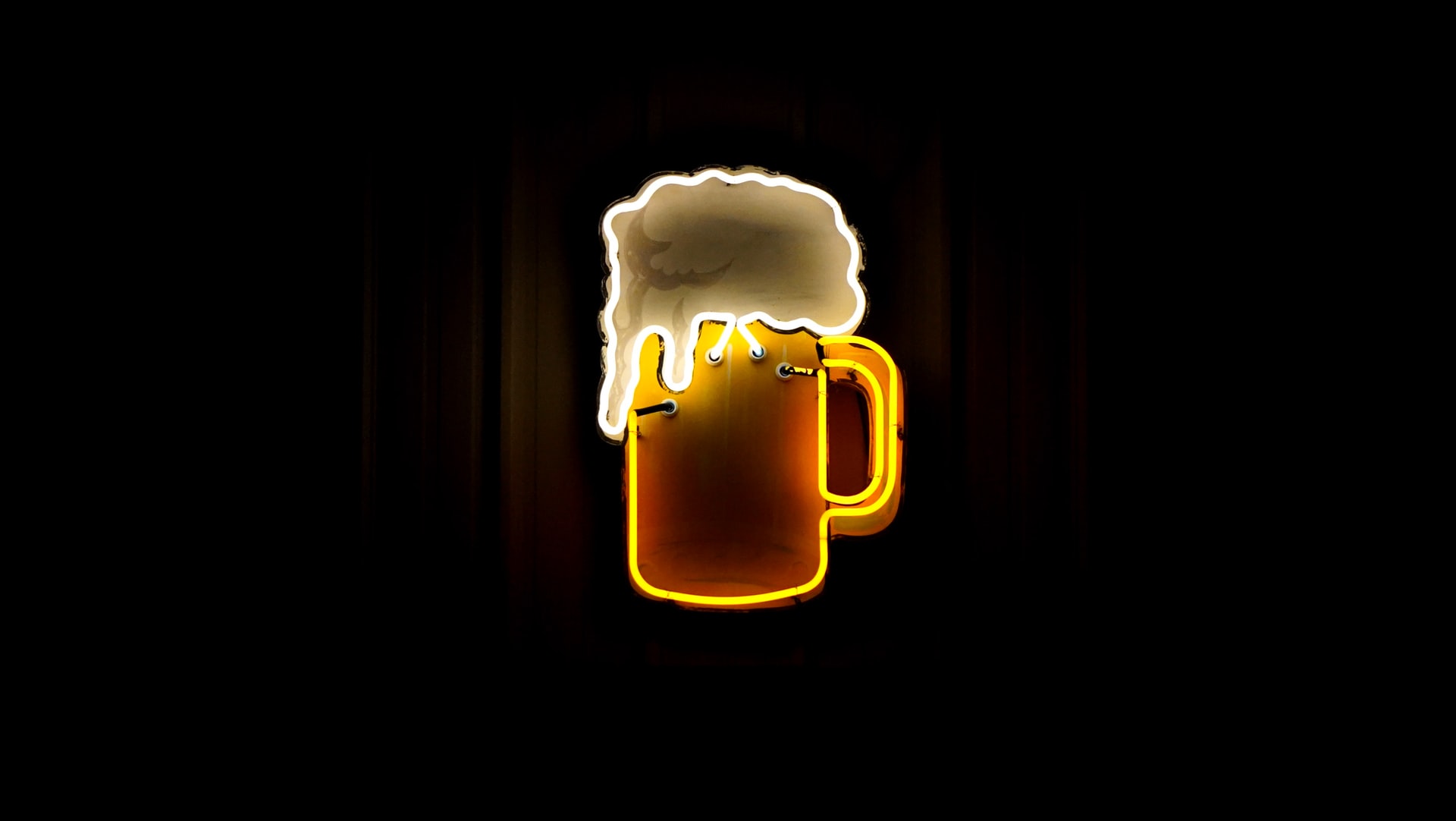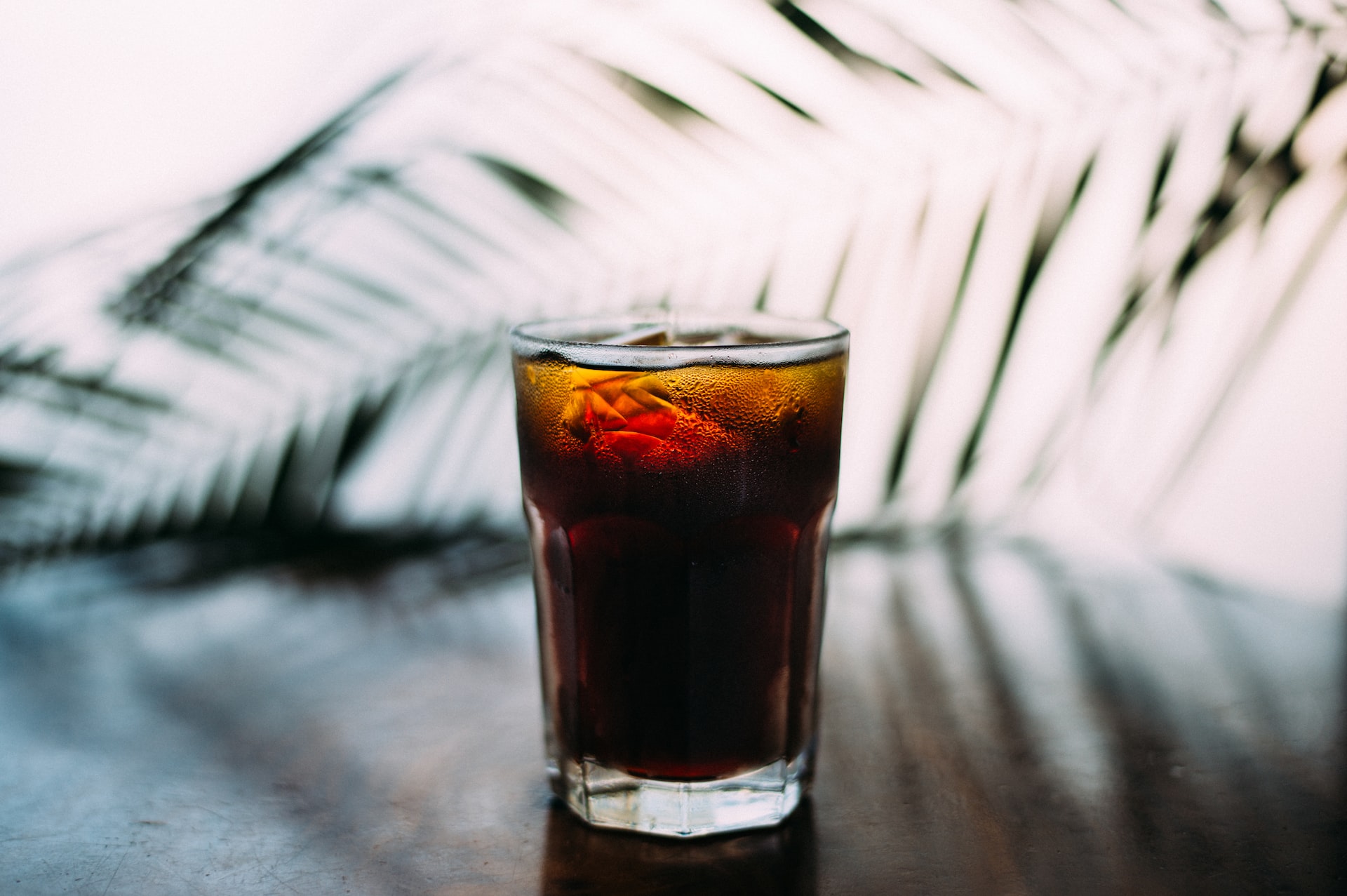Discover the World’s 50 Best with this Helpful Tool
by David Klemt

You may be familiar with the World’s 50 Best Bars and the World’s 50 Best Restaurants rankings, but do you know about their Discovery tool?
On episode 82 of the Bar Hacks podcast, Mark Sansom mentions this powerful and helpful tool. Sansom, for those who have yet to listen to the episode, is the content director for the World’s 50 Best Bars.
Put plainly, the World’s 50 Best rankings are powerful and influential. As Sansom says, when the organization shouts, people listen. Making the 100 to 51 or 50 to one list can change a restaurant or bar’s business. Exposure, traffic, revenue, status, longevity… The restaurant and bar lists are game changers for those who work hard enough to earn a spot.
However, the World’s 50 Best, as the name suggests, ranks just a few hundred restaurants and bars:
- The World’s 50 Best Restaurants, 50 to one
- The World’s 50 Best Restaurants, 100 to 51
- Latin America’s 50 Best Restaurants
- Asia’s 50 Best Restaurants
- North America’s 50 Best Bars
- Asia’s 50 Best Bars
So, the organization put their heads together. What if they could increase the chances that thousands of venues could find themselves on the radar of millions of people across the world? What could that do for a much larger swathe of deserving restaurants and bars?
50 Best Discovery
Enter, the 50 Best Discovery database.
“That’s the more egalitarian face of 50 Best, and that’s where we’re really excited about moving in the future,” says Sansom.
According to Sansom, there are more than 2,500 restaurants and bars just waiting for, well, discovery. It is, as he says, “the world’s most authoritative database on restaurants and bars anywhere.”
Compellingly, this is more than just a lonely input field chilling out on a webpage. Rather, there’s also a slideshow of 50 Best editor’s picks to scroll through. In using the tool for this article I discovered the following venues without even scrolling:
- Franklin Barbecue in Austin, Texas
- Cal Pep in Barcelona, Spain
- Amass in Copenhagen, Denmark
- Fyn Restaurant in Cape Town, South Africa
In other words, this tool is aptly named: The mission is discovery, and I’d say that mission is well on its way to achievement.
North America Results
Given the potential of the 50 Best Discovery database, I of course took it for a spin. You can do the same by clicking here.
Below, my results. In the interest of full transparency, it appears some cities in North America could use some work.
However, I feel confident that the 50 Best Discovery database will improve over time. After all, this is a new tool. Remember, the North America 50 Best Bars list is also brand new. As the organization recognizes more regions and venues, they’ll develop their database further.
Calgary, Alberta, Canada
- Proof
Toronto, Ontario, Canada
- Bar Raval
- BarChef
- The Shameful Tiki Room
Vancouver, British Columbia, Canada
- Botanist
- Boulevard Kitchen & Oyster Bar
- The Keefer Bar
Las Vegas, Nevada, USA
- Greene St. Kitchen
- Herbs & Rye
- Wing Lei
Nashville, Tennessee, USA
- Bastion
- The Catbird Seat
- Pearl Diver
Philadelphia, Pennsylvania, USA
- Vedge
- Zahav
Image: Marcus Loke on Unsplash









